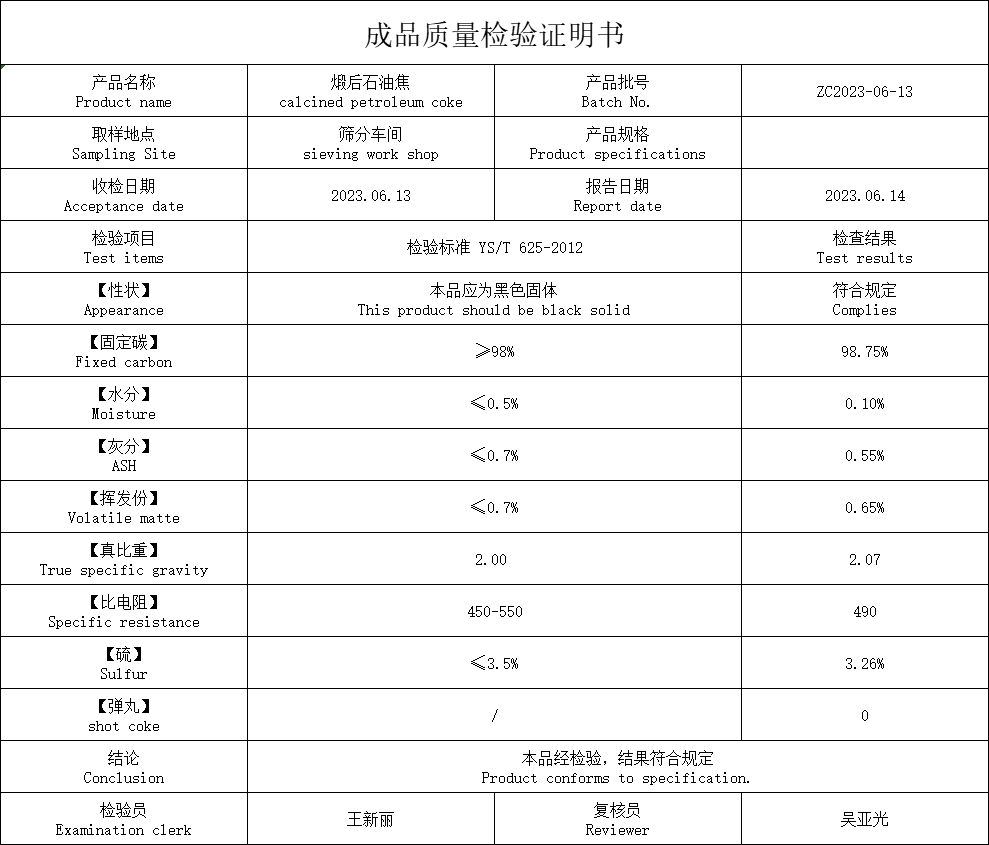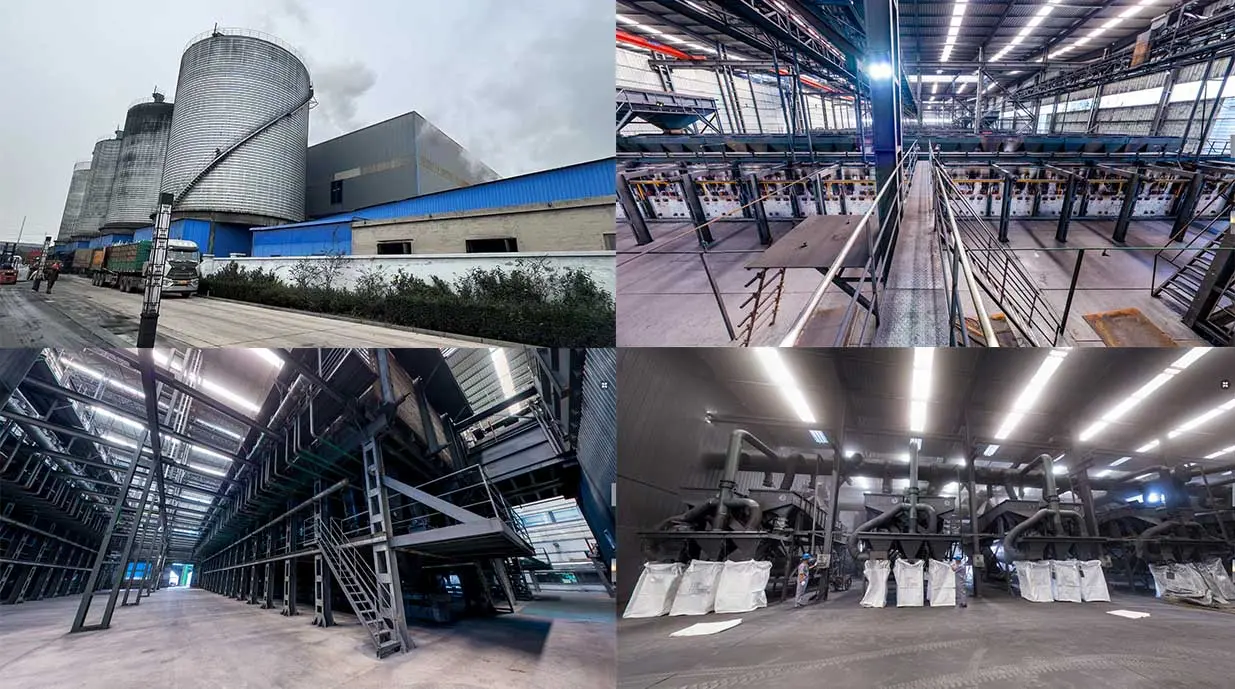Study on the apparent characteristics of calcined coke
A study on the apparent characteristics of calcined coke is essential to comprehensively understand its suitability for industrial applications. This investigation involves analyzing its particle size distribution, bulk density, porosity, electrical conductivity, surface area, mechanical strength, thermal behavior, chemical composition, and microstructure. These attributes play a crucial role in determining the material's performance, particularly in aluminum production and related processes. Calcined coke's particle size distribution influences its packing behavior and reactivity. Bulk density and porosity data inform the material's packing efficiency and gas permeability. Electrical conductivity measurement is vital for applications like carbon anode manufacturing, where efficient electrical transfer is pivotal. Surface area and pore structure assessment sheds light on reactivity and adsorption capacity. Mechanical strength and hardness impact its durability during handling. Thermal characteristics dictate its behavior under high-temperature conditions. Chemical composition and impurity content evaluation ensure its suitability for specific uses. Microstructural analysis provides insights into its internal structure and potential defects. In essence, studying these apparent characteristics aids in tailoring calcined coke for optimal performance in various industrial contexts.
The greatest use of calcined coke
The greatest use of calcined coke is in the production of carbon anodes for the aluminum smelting industry. These carbon anodes are a critical component in the electrolytic reduction process used to produce aluminum from alumina (aluminum oxide). The aluminum smelting process takes place in electrolytic cells called reduction cells, where alumina is dissolved in molten cryolite and then electrochemically reduced to aluminum metal at high temperatures.
Calcined coke serves as the primary material for manufacturing these carbon anodes. The properties of calcined coke, such as its high carbon content, low impurity levels, stable thermal behavior, and controlled particle size distribution, make it ideal for this purpose. Carbon anodes made from calcined coke act as conductive surfaces within the electrolytic cells, enabling the electrochemical reactions that result in the production of aluminum.
In addition to aluminum production, calcined coke finds applications in other industries as well, such as:
Steel Industry: Calcined coke is used as a carbon source in the production of steel through the electric arc furnace (EAF) process. It provides carbon for the reduction of iron oxide in the iron and steel making process.
Titanium Dioxide Production: Calcined coke is used as a feedstock in the production of titanium dioxide (TiO2), a widely used white pigment in paints, coatings, plastics, and other applications.
Graphite Electrodes: Calcined coke is an essential component in the production of graphite electrodes used in electric arc furnaces for steel production and other high-temperature industrial processes.
While these applications are important, the aluminum industry's demand for calcined coke, specifically for carbon anode production, is generally considered the largest and most significant use of this material.






